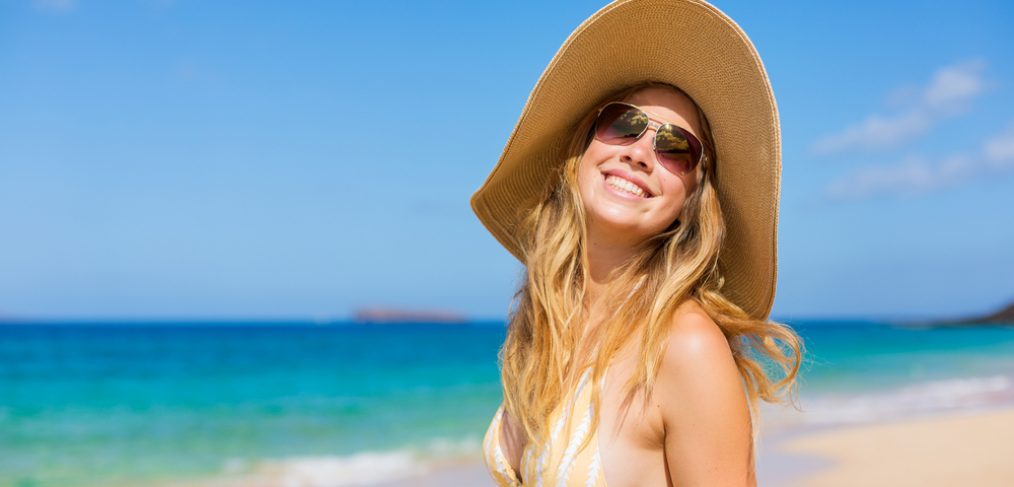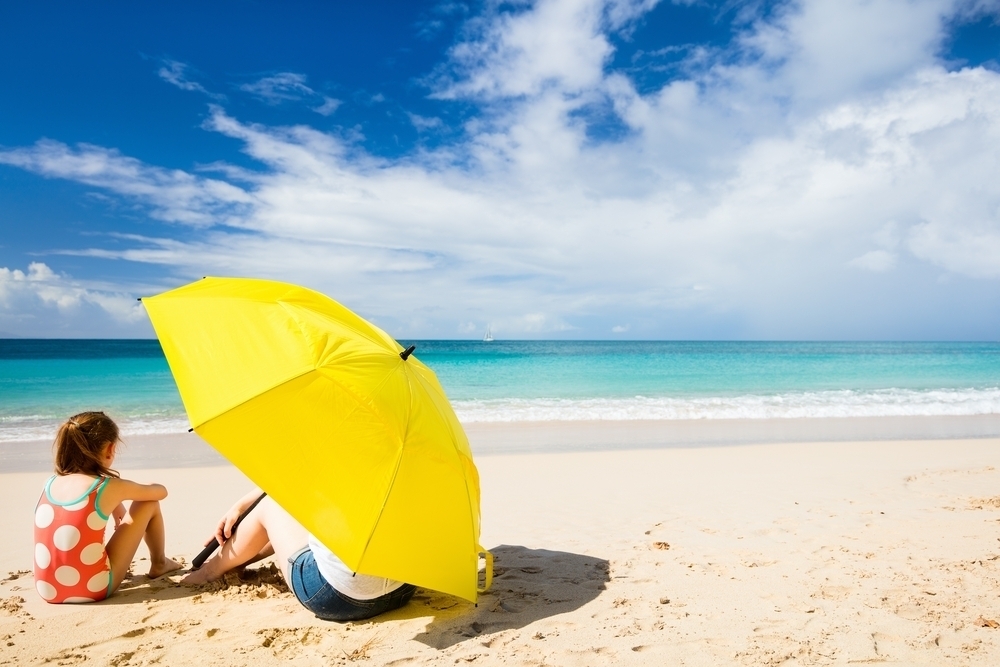
Sun Protection: Shade Vs. Sunblock
Sunblock talks a pretty good game. You may have heard of SPFs as high as 75, melt- in sunscreens, continuous sun comfort sprays and even melanin-inducing sunblocks and screens. But how can you be sure that all your sunscreen is really working? Did you apply enough? Did you miss any spots? It’s enough to make you think you’re better off just using your own methods of avoiding sun exposure, like just staying in the shade. Of course, the shade is a good option, it definitely cuts down on direct sunlight, but is it a better alternative than sunblock? Here are some things you should know before you give up on sun lotions altogether.
Shade
According to the National Skin Cancer foundation, the guideline is, if you can see the sunlight, seek the shade; but know that not all shade is created equally. You can spend hours in the shade and still receive quite a good amount of sun exposure. Indirect UV light is radiation that has been scattered in the atmosphere and bounced back by UV reflective surfaces, like sand and concrete. As a result, most of the UV light we get sitting under an umbrella or tree is indirect. Only when we are in deep shade, meaning we are unable to see the sky, can we be assured of complete protection.
Hats
Even if you wear a hat, you may only be getting minimal sun protection, especially on your neck, nose, and ears. Hats with all around broad brims angled downward provide the most comprehensive sun protection. Research shows that wearing a broad brimmed hat will provide sunblock protection comparable to a sunblock with and SPF of 5 for the nose, ears and neck, while baseball caps may offer the same for the nose, but little for the other parts of the face, like the cheeks and chin.

Umbrellas
Unless your umbrella is very large, their UV protection is relatively low. Although the SPF of an umbrella can range for 3-106, the amount of UV light under the umbrella can be as high as 84% of that in direct sun. In other words, because so much UV light is reflected under the umbrella from the water, sand, and sky, an umbrella on the beach offers very little protection against the sun.
Trees
If you are looking to a tree to defend you from the sun, look for ones with large, rather than sparse spreads of foliage, and, if possible, choose a tree located near other trees or buildings and note factors that may decrease the amount of protection, such as reflective surfaces. Also note that the same tree will give less protection in the early and late parts of the day, when the diffuse UV rates are higher, than it will at midday, when the sun is directly overhead. Similarly, trees offer better protection on a sunny day than on a cloudy one, when indirect sunlight is greater.
Other Elements
Because you are never guaranteed full UV protection from shade alone, it is important to employ a comprehensive program for sun protection, including wearing clothing made of dark or bright colored tightly woven threads, hats, and sunglasses, and regularly using a sunscreen with an SPF of 15 or more. Be aware of sunscreens claiming higher than an SPF over 30. According to dermatologist James Spencer, an SPF 15 product will block approximately 94% of UV rays, while an SPF 30 blocks about 97%: and SPF 45 blocks about 98% and, “after that, it just gets silly.”
What do you think? Do you swear by your parasols or can you trust your sunblock? Let us know!



